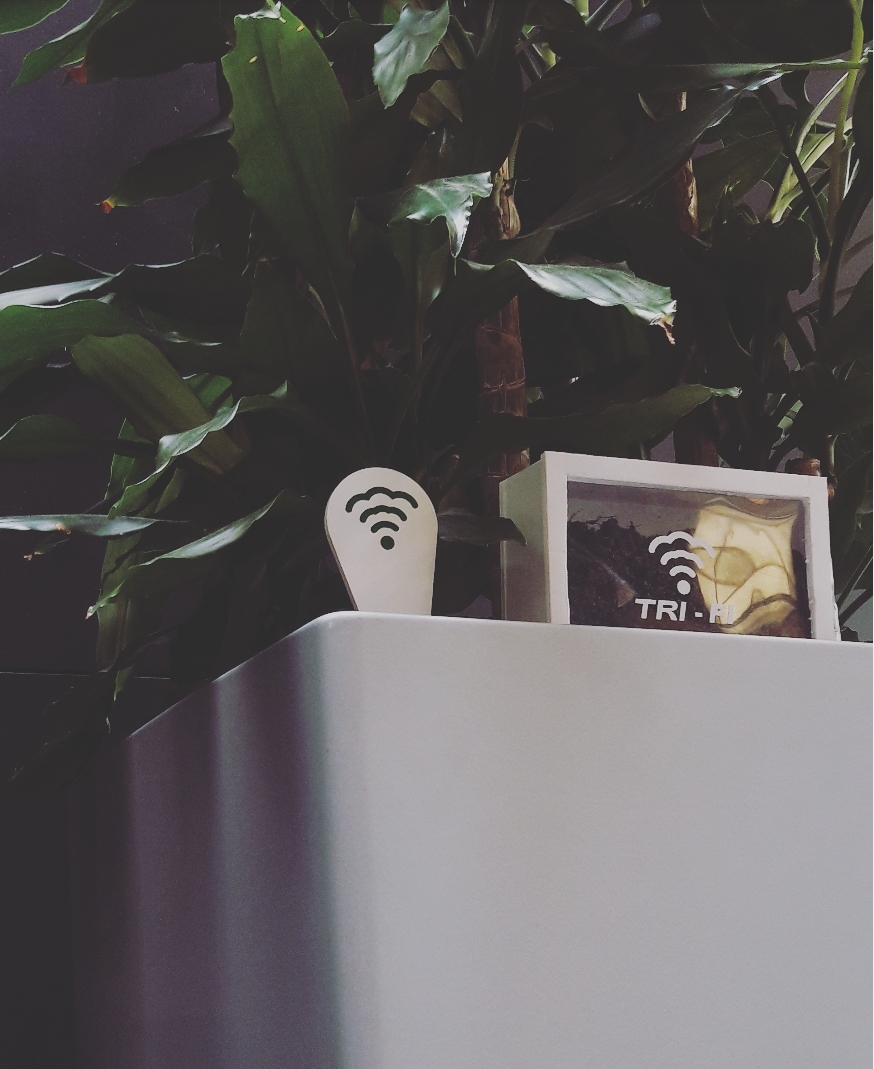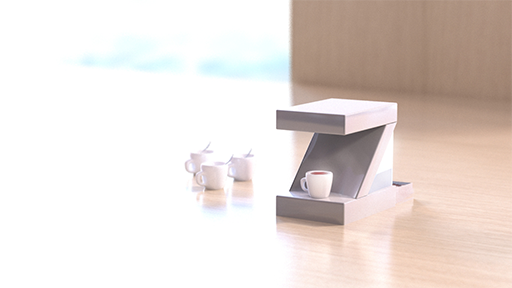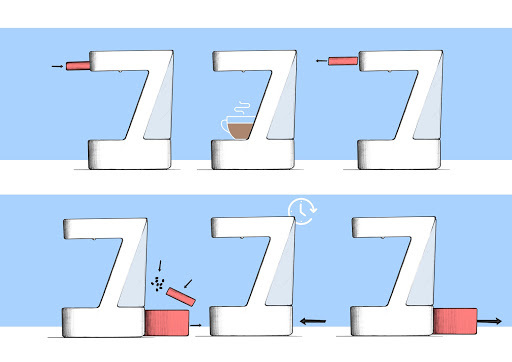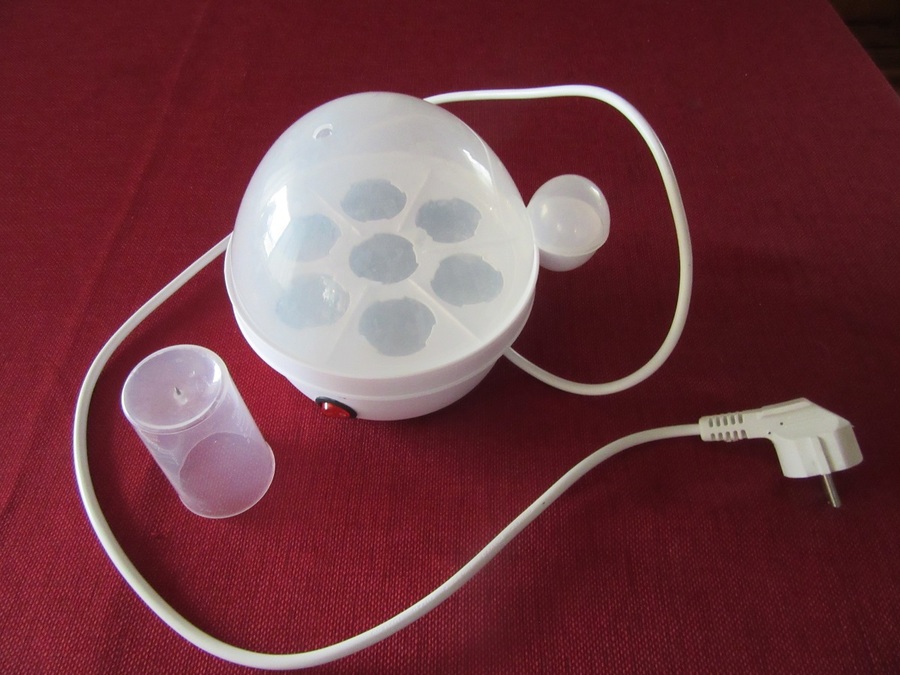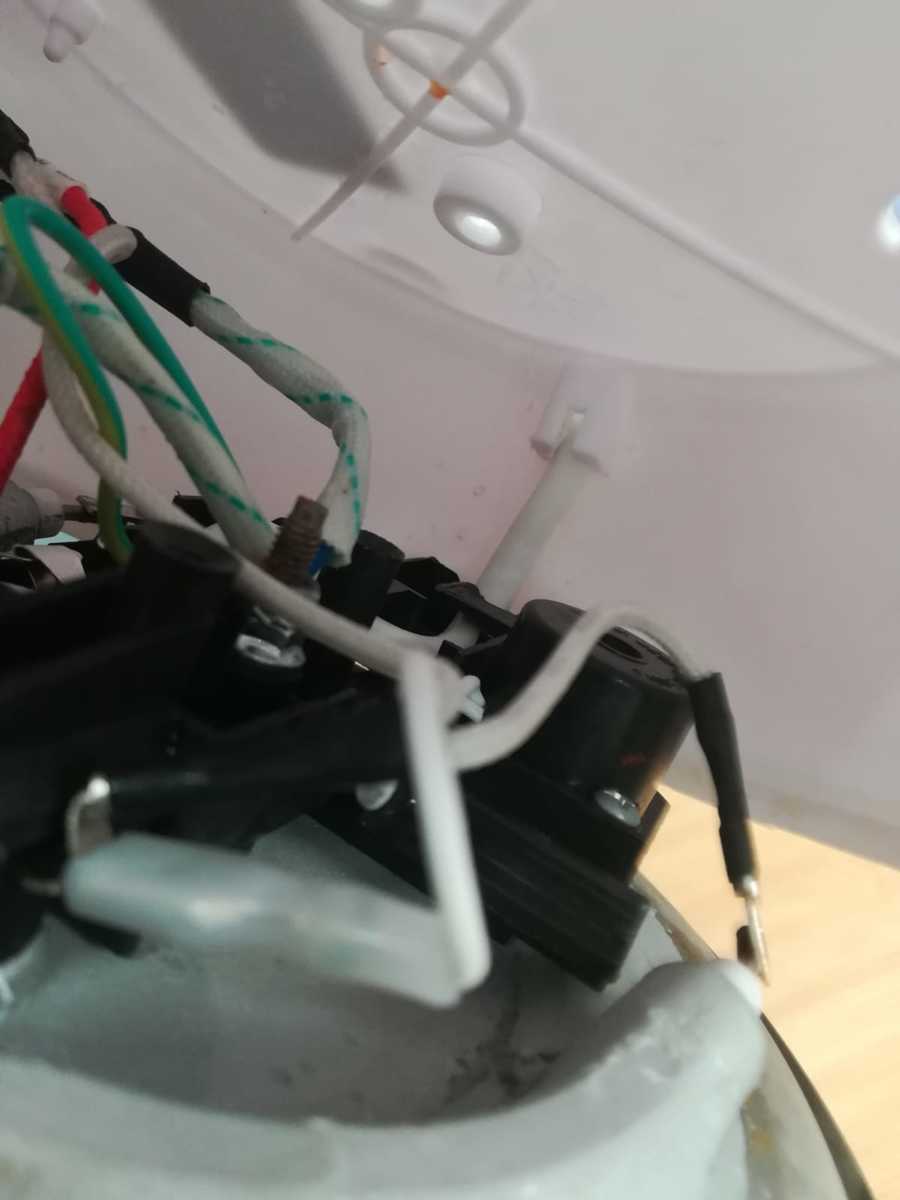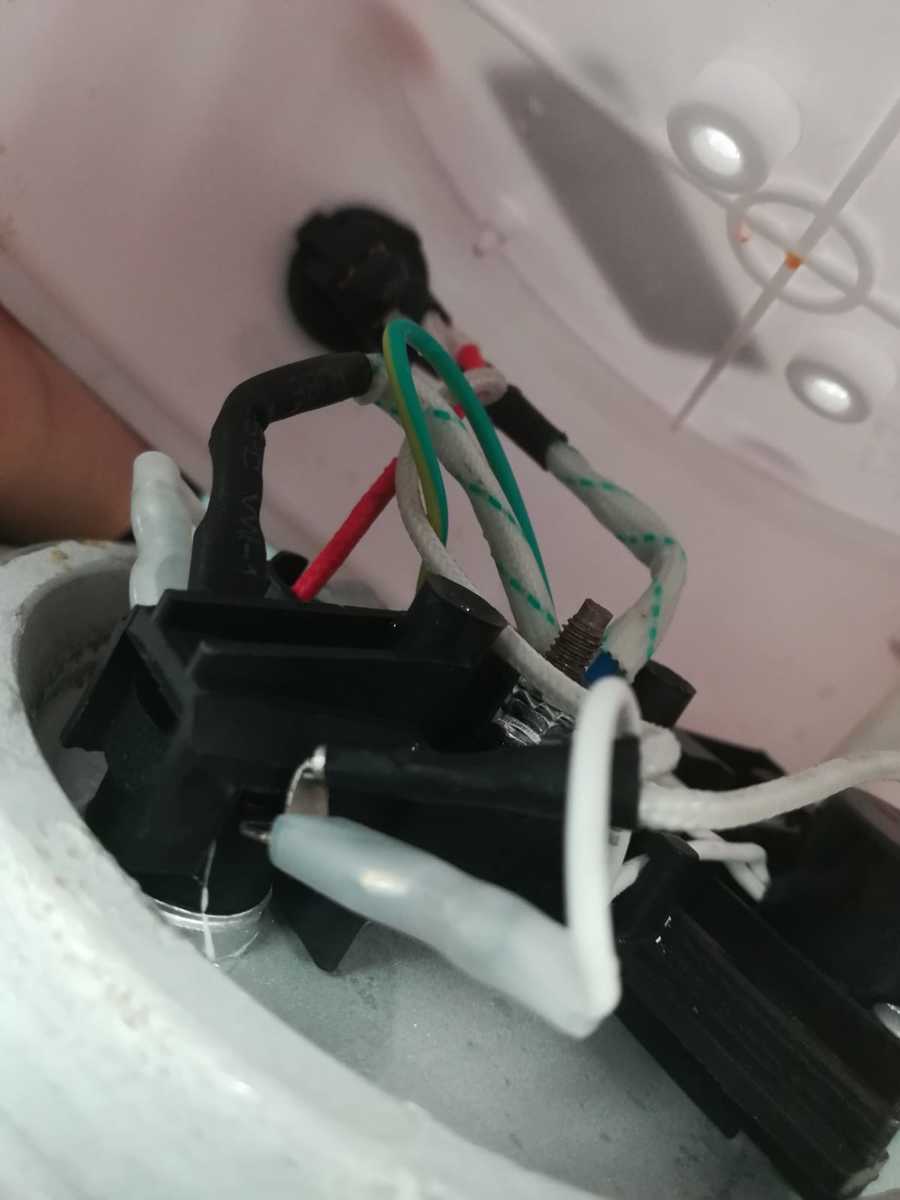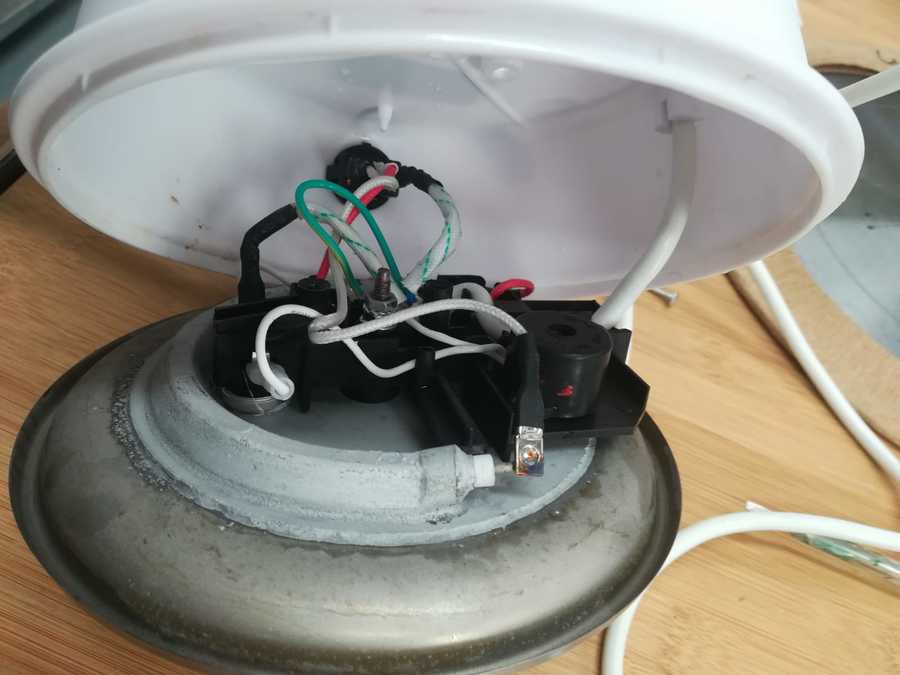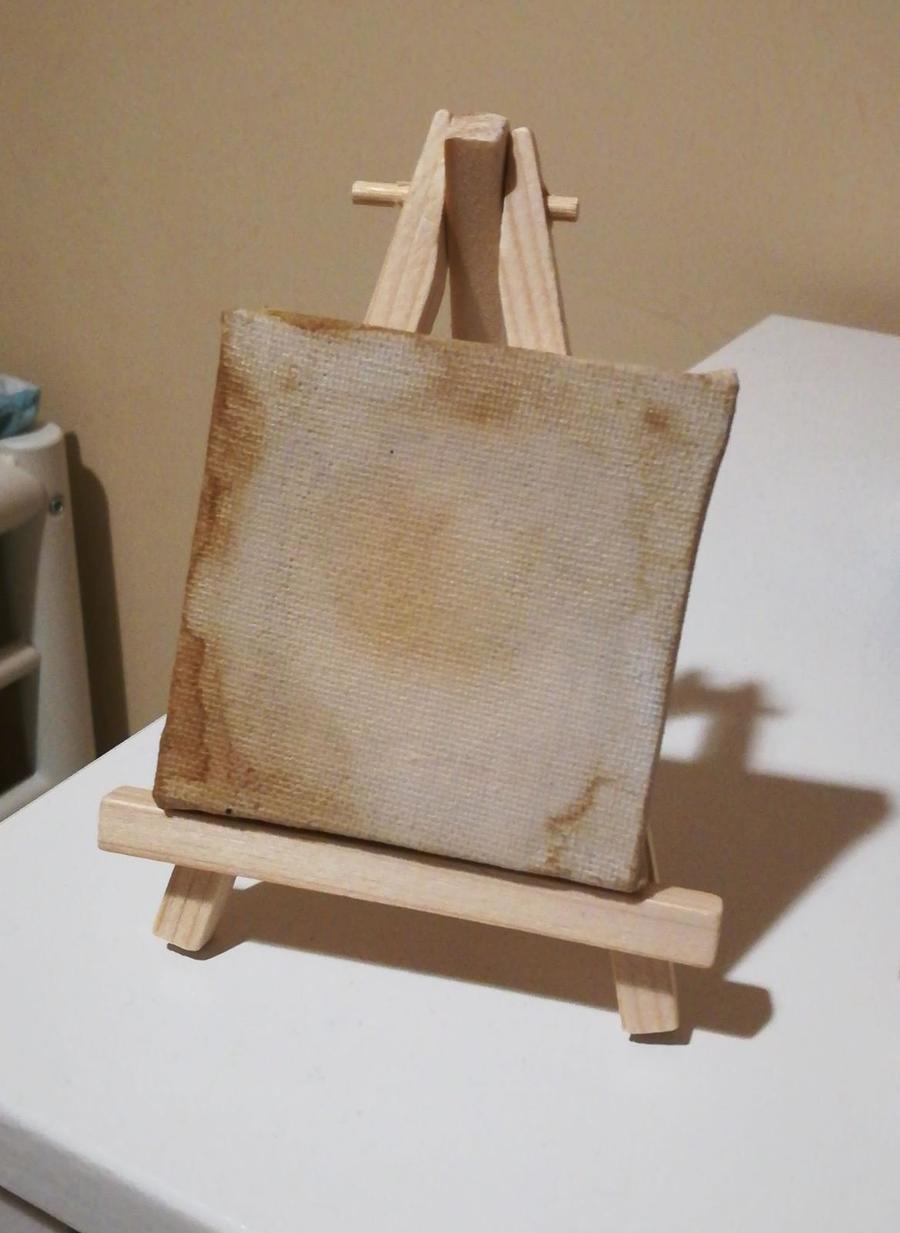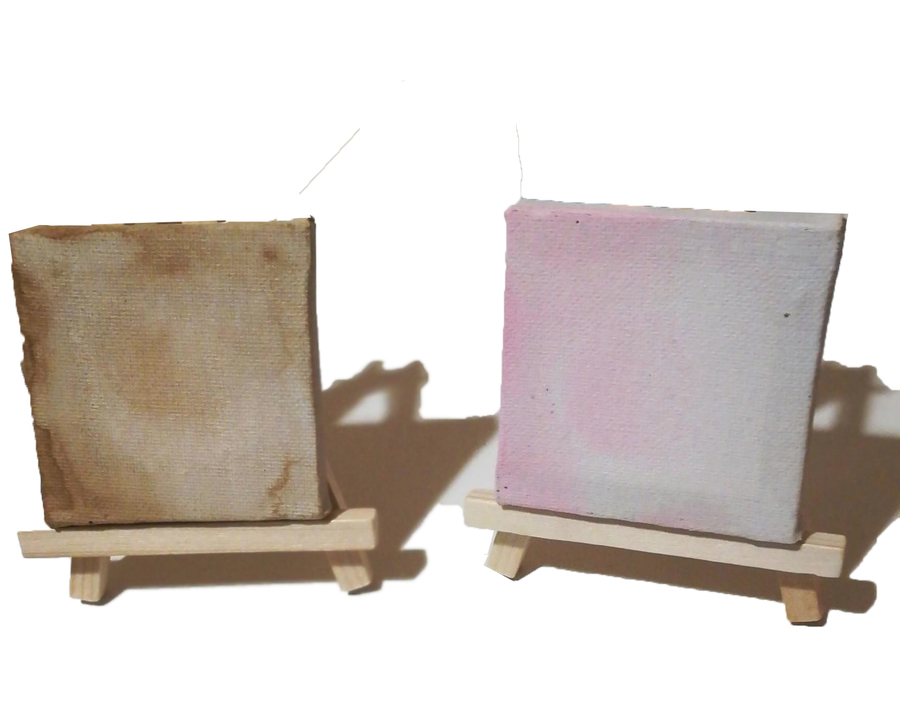Difference between revisions of "User:0975653"
| Line 30: | Line 30: | ||
A new way to relate nature with machines and reduce waste | A new way to relate nature with machines and reduce waste | ||
| − | [[File:Render 2 cafetera3.png | + | [[File:Render 2 cafetera3.png ]] |
Revision as of 07:55, 8 December 2018
Contents
1. Critical Making exercise
We have choosen 3 random card and we came up with a "dating app for trees"
CONCEPT
Trees talk and share resources right under our feet, using a fungal network nicknamed the Wood Wide Web. Some plants use the system to support their offspring, while others hijack it to sabotage their rivals. This system connects all trees via a fungi system embedded in all the roots of the trees.
Because we felt sorry for all indoor trees who are cut of of this web, we wanted tot find a way how 2 or more indoor plants would be able to wirelessly connect with eachother and share information.
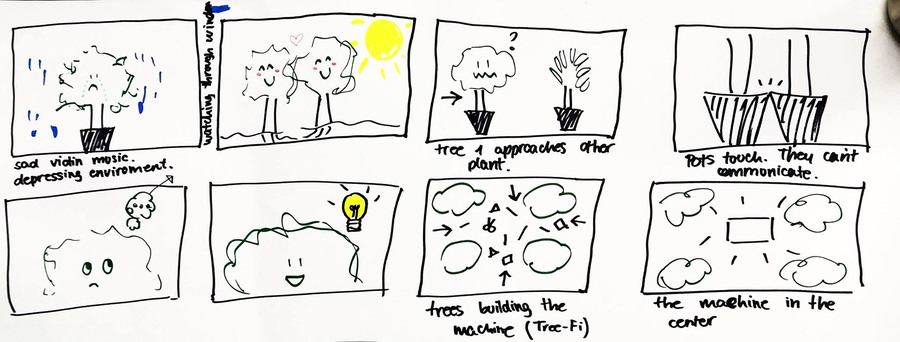
VIDEO EXPLANATION
VIDEO : [1]
PROTOTYPE
2. Cybernetic Prosthetics
RE-COFFE
A new way to relate nature with machines and reduce waste
When we were first looking for a concept to reduce waste, we thought of details we could improve or change in our daily routine. And, for us, coffee is part of this daily routine. So, we wanted to design something involving coffee but, how could it be related to nature?
At this point, Gunter Pauli also mentions the example related to coffee that we are going to use in order to design our concept.
- What can we do with the rest? We discovered that with wasted coffee we can grow mushrooms.
- And then feed the leftovers to animals
- Animals make manure and bacteria make biogas
- At the end we get jobs, energy and food
We did some research to find out how funghi is produced from coffee?
- Break it up and spread it out throughout the coffee.
- Put the mixture into your cultivation bag and close it up tight, ensuring you have cut air holes
- Place your bag in a warm and dark place. During the next three weeks,water this area twice daily with water, you will see the micelios come to life and grow across the coffee grounds - turning the whole mixture white so it has fully colonized the mixture.
- Place it in a spot with plenty of fresh air and a little light
- After a week or so, you will start to see tiny little mushrooms bursting into life
The coffee machine has a department in the lower part where coffee residue is stored where the mycelia grow thanks to an automatic irrigation system incorporated in the coffee machine.
3. Black Box
PROJECT 3 : BOILING ART (BLACK BOX)
We chose an egg boiler as the starting point. In this image you can see the model it is and how the product looks.
What we needed to do first was to open it, so we could know how it works and what components it has.
-The heating system has a circular shape so it can cover the whole surface.
-A device that is programmed to make a noise when the eggs are cooked.
-The rest are wires that connect everything with the on/off button.
In the end, we decided to regard this project from another perspective. What if instead of controlling the cooking time of the machine, we let it act by itself? By adding pigment into the boiling water and placing small canvas inside, the machine could create small pieces of art. Every artpiece would be different from another. Thus, this way of painting is not controlled by humans, but controlled by the machine itself. This fact makes this art completely unpredictable; only the machine "decides" what's about to happen.
What we wanted to aim was to represent the concept of controlled randomness in art. Our project was just controlled by a machine, but we also want the human to interact somehow, but not completely. That's why we came up with the idea of turning this device into a painting tool. The human would use it as a brush to paint a surface. The role of the machine is to paint in an unpredicted way to the surface the human places it. The human would control where the machine paints, so he/she would share the control with the machine.
This is materialised in the trial canvas you can see in the pictures below. To make the brown one we used coffee as pigment and to make the pink one we used pink watercolor as pigment.

